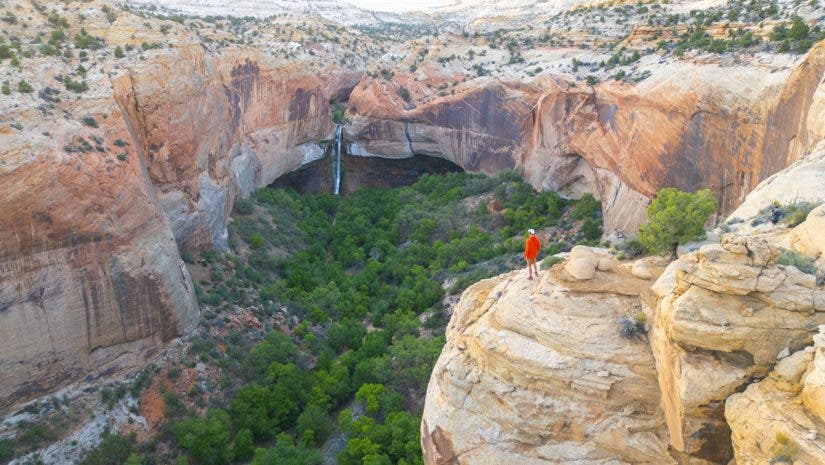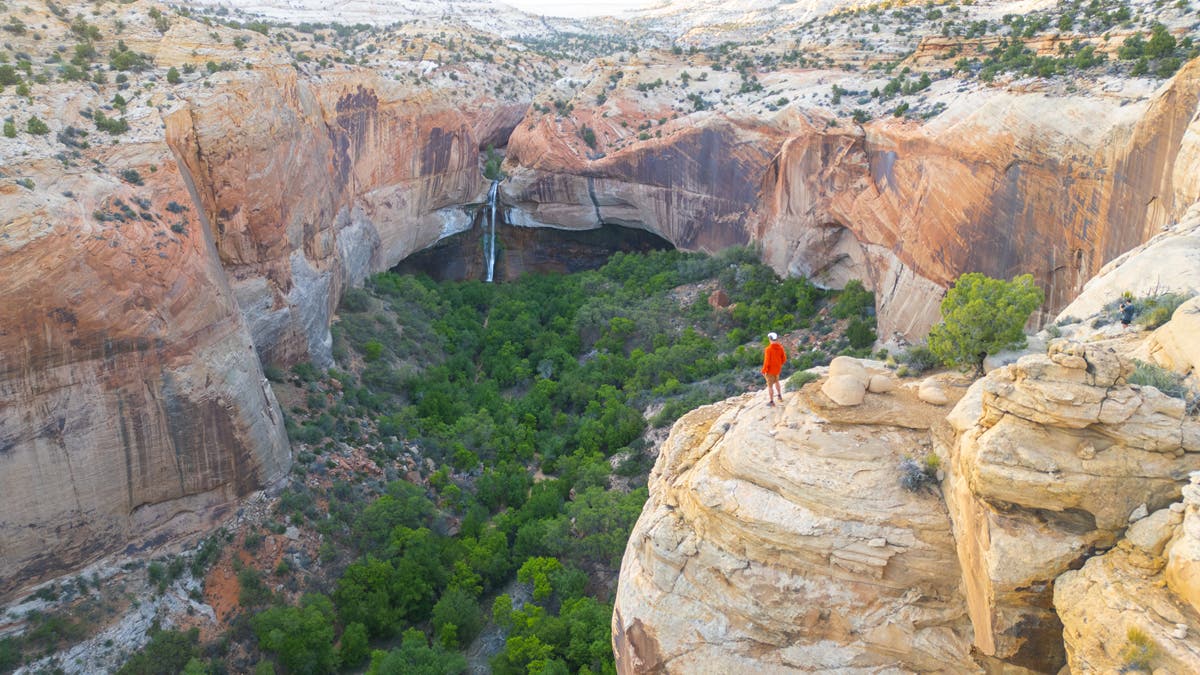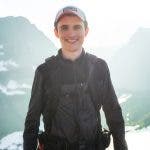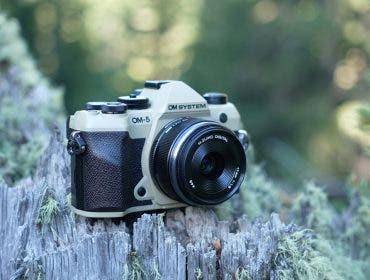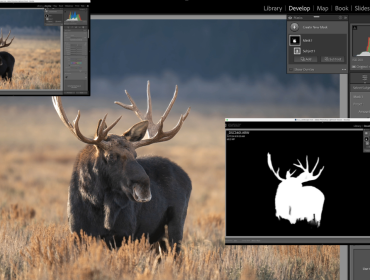I’m Austin Jackson, an outdoor enthusiast, educator, and photographer based in St. George, Utah. Originally from Portland, Oregon, I relocated to Utah in pursuit of natural landscapes, placing myself right in the heart of the Southwest, which offers excellent year-round opportunities for photography. I spend much of my time hiking, backpacking, canyoneering, and packrafting, bringing my trusty camera along as my sidekick everywhere I go. Much of what I do these days is centered around content creation and photography education, which is something I’ve acquired a passion for over the years. There is no such thing as a “normal” path that leads to this line of work, and in this article, I’ll walk you through exactly how I ended up here.
Getting Started in Photography
Growing up in Portland, Oregon, I always had an interest in the outdoors. Being just a couple of hours away from the mountains, the ocean, the forest, and the desert had its perks. No matter the season, there was always something to keep me busy outdoors. Like many landscape photographers, I realized that I was witnessing some of the world’s most beautiful locations, but I didn’t have anything to show for it. That led to me getting a camera, and it was all history from there.
I’m the kind of person who can get hyper-fixated on something very easily, and photography kept me busy with all of the techniques and workflows to learn, including both in-field and post-processing. I was a sponge, absorbing as much knowledge as possible and spending my days scouring the internet for content. Like many others, I didn’t receive any formal photography training, and YouTube University was my best friend. All this time I spent browsing the web for content as I was learning played a major part in my pursuits today, which we’ll get into later.
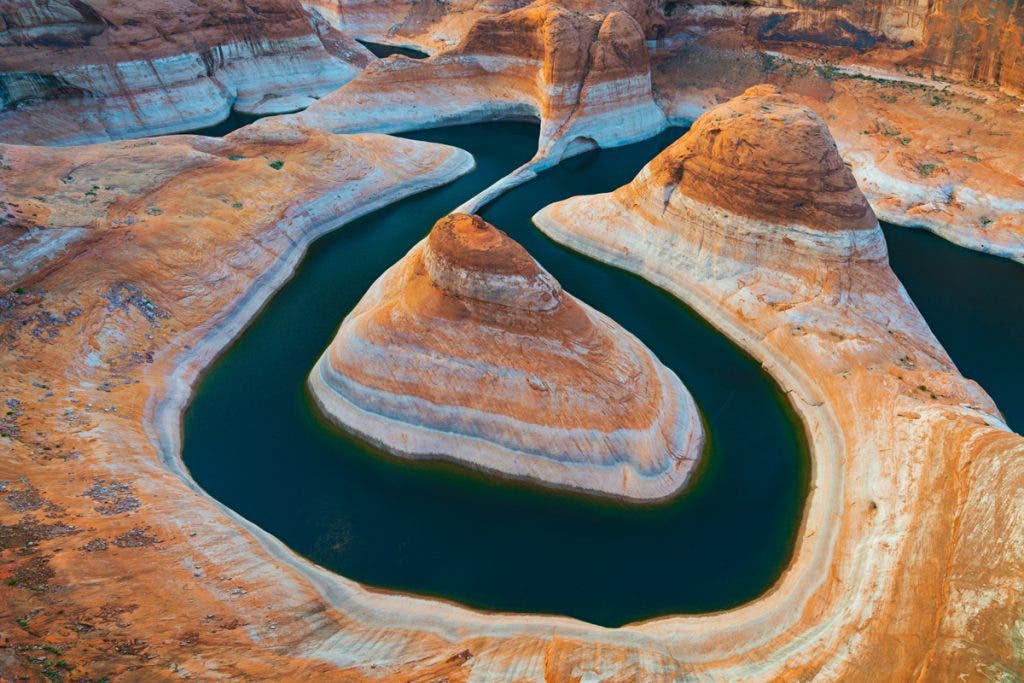
Lake Powell (pictured above)
Lake Powell is one of the most interesting subjects to photograph in all of the Southwest. There are virtually unlimited photo possibilities. The lake is over 80 miles long. Additionally, there are thousands more miles of side canyons. This particular composition is accessed via a long dirt road and over 20 miles of hiking. I knew I wanted to capture the curvature of the lake. However, the cliff edge I was standing on was sloped, so I couldn’t perfectly see the edge of the water. Drones are not allowed at Lake Powell, so I was forced to think outside the box. I put my camera on a tripod, used the 10-second timer, and held the tripod as far as I could overhead, aiming down at the lake. It took a few tries, but I was able to capture this image once I had it dialed in.
Turning Pro
A few years after first picking up my camera, I was able to find some small gigs that paid a little money. It was mostly product shoots. I’d have a company send me their outdoor gear, and I’d take the photos. They’d pay me per photo that they wanted to license. It was a great deal for me. I got tons of free gear and got paid when I used it and photographed it. All the while, I was earning my Bachelor’s Degree in Graphic Design and Advertising.
By the time I was in my junior year of college, I was making a small income. This income was enough to support me through the year. However, I was still living at home and commuting to school. In my senior year of college, I left my job working in retail. I decided to put all of my efforts into my side hustle (photography) and finishing my degree. That year, I learned that this might be something I could turn into a full-time career. This thought came after leading my first workshop and growing my social media channels.
My original goal was to work at an ad agency doing graphic design post-college. Unfortunately, I graduated in the spring of 2020, just after the COVID pandemic shut down much of the world. Offices were closed, and mass layoffs were happening, making it extremely difficult to find a job using my degree. I took this opportunity to dive straight in. I spent as much time as possible making my photography side-hustle a full-time job. Since the day I decided to do this, I haven’t looked back.
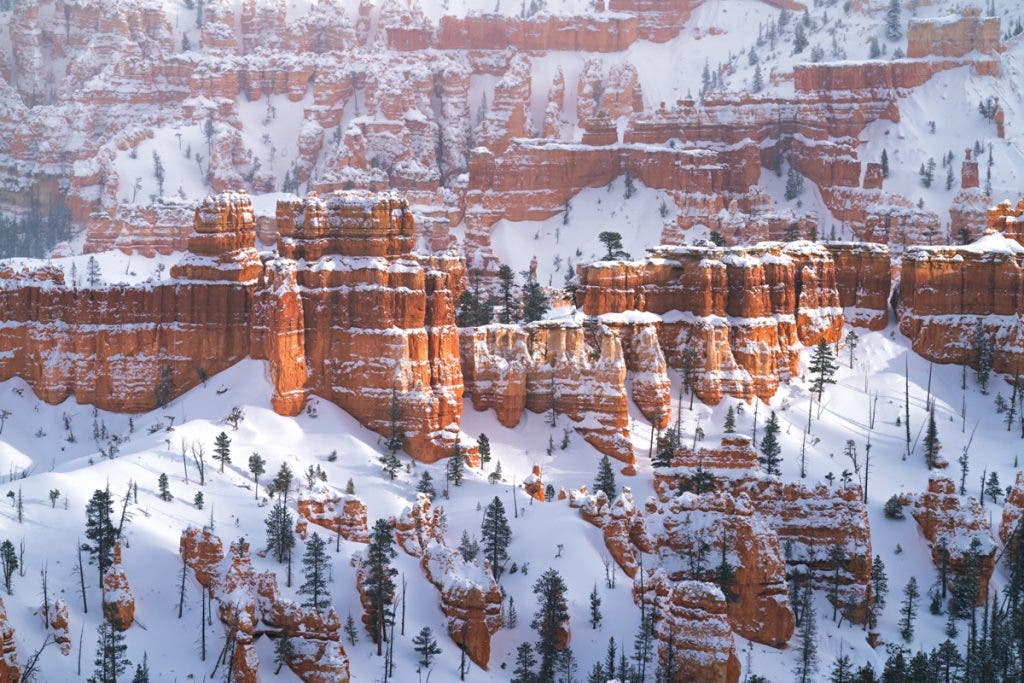
Great Memories
Most of my best images all come with a great memory behind them. This image is shot in Bryce Canyon National Park in the middle of winter. I traveled here after seeing the forecast for over a foot of snow overnight, which would be perfect for photography. When I woke up in the morning, there were over two feet of fresh snow, and the road into the park was yet to be plowed. I drove in just before sunrise, and there was not another person in the whole park. I got to witness the beauty of Bryce Canyon after a fresh snow, completely alone for a couple of hours before anyone else showed up.
Challenges I Had
Like anyone else who has ever turned their side-hustle into a career, the sailing was not always smooth. One of the most challenging aspects of becoming a full-time landscape photographer was finding consistent income streams. Unlike portraits or even sports, no one was paying for me to take photos. I’d sell prints from time to time, but the income stream wasn’t consistent. I continued to do product shoots to pay the bills, but these were also hit-or-miss. Teaching photography workshops was a great way to make money, but finding clients and selling out the workshops was a struggle for someone who didn’t have years of experience behind them. I diversified as much as possible to have as many different revenue streams as I could, which was the only way I could stay afloat.
Gear
I started shooting on a Canon DSLR, but upon going “full-time”, I switched to a Sony Mirrorless System. At the time, Sony was really the only major brand in the mirrorless game, and I loved the compactness of the camera combined with the high-megapixel sensor that could provide me with rich details in my scenes. I spent much of my time with my wide-angle at first, before finally realizing how much I loved capturing scenes with the telephoto lens. In my bag right now, I’ve got everything covered from 14mm all the way to 600mm, and I regularly use all of my lenses to capture the beauty of the West.
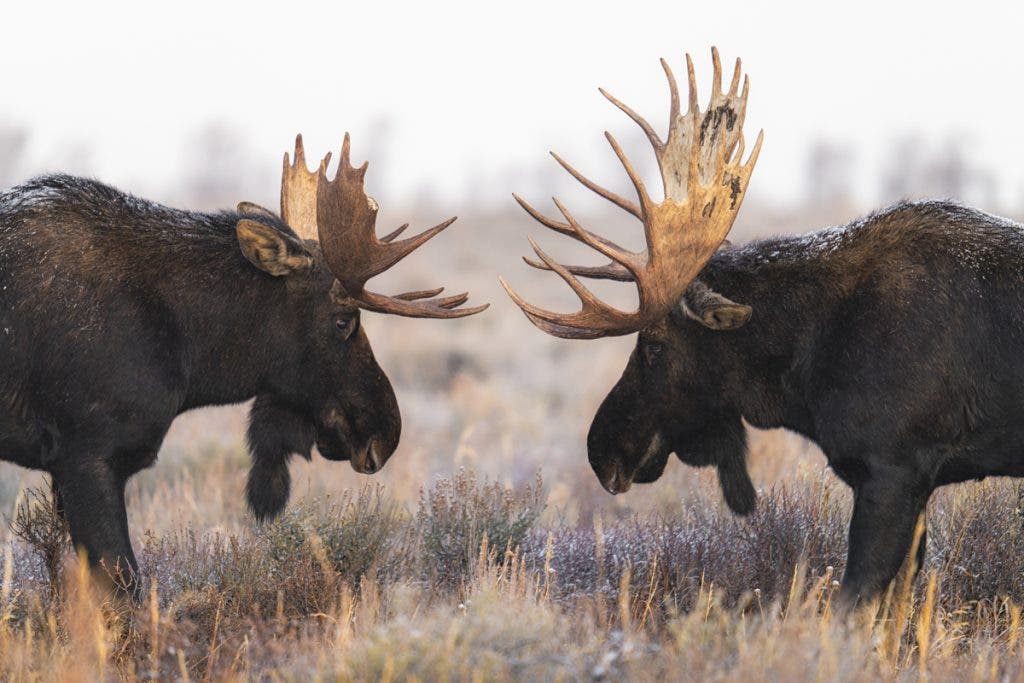
Wildlife Photography
I’ve picked up a passion for wildlife photography over the last couple of years. I love the way it blends landscape photography with a moving subject, forcing you to think about the best way to utilize the landscape to tell a story with an animal. This particular scene was from November of 2024 in Grand Teton National Park when two bull moose were facing off after a light dusting of snow overnight. As expected, the moose on the left quickly turned away, but seeing these two massive animals lock eyes was quite an experience.
Plans for the Future
This is where we come full circle back to the start of my journey, where I spent much of my time scouring YouTube to learn. While I was able to find plenty of content, it was hard for me to find content that was straight-to-the-point and quick-hitting, removing all the fluff and unnecessary extra explanation. There were plenty of educators who were excellent at explaining concepts, but none that I found at the time who were both excellent at explaining and did it clearly and concisely.
That led me to create my own YouTube Channel and start my own podcast, both with the intention of creating quick-hitting content that was as short as possible and filled with as much information as possible. I love watching or listening to something and walking away with concrete tips and tricks I can utilize to improve my own work, and I wanted to replicate that in the content I create. I post one podcast and long-form video a week, while posting short-form videos every other day, all with the intention of helping you to take better photos.
Additionally, I teach workshops and plan to expand on that in the future. Currently, my workshops are limited to the Western US, but I’d like to expand in the near future to offer locations across the world. I’m not sure what else is next for me, but I do know that I love teaching and helping other photographers capture amazing images of the natural world.
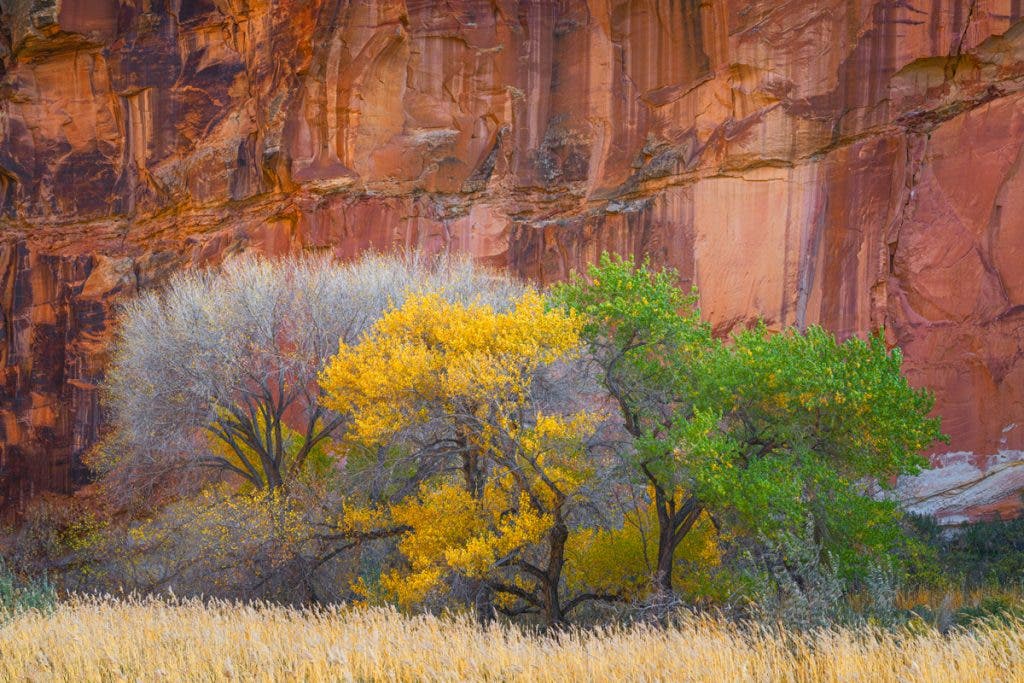
On Capturing Rarities
Landscape photography challenges you to find and capture rarities in the natural world. Whether this be rare light, rare conditions, or something out of the ordinary, it’s a never-ending chase. This photo was shot just before leading a workshop in Capital Reef National Park, and I loved how I was able to capture three cottonwood trees next to each other, all in different stages of their leaf shedding in autumn. The rock wall background also added the perfect touch to show off the desert. Compositions like this are the result of hours of scouting, so when everything lines up perfectly, the feeling is amazing.
My Favorite Articles
This Tone Curve Trick Adds Depth to Your Photos
How to Improve Your Photography in 2024, According to Pro Photographers
